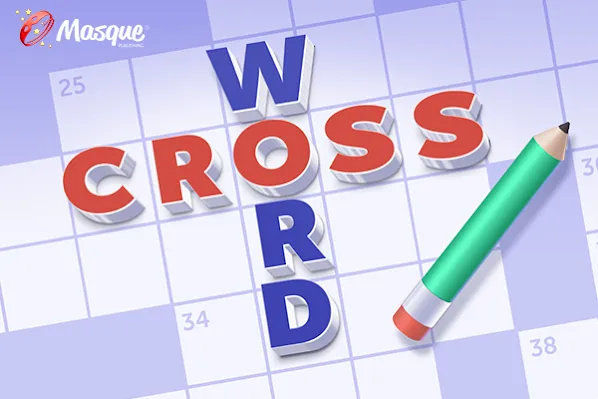How much rain did Michigan get Wednesday? Some cities measured record rainfall
Michigan residents across the Lower Peninsula endured another round of thunderstorms Wednesday night, with heavy rains resulting in record breaking rainfall totals for some cities.
Detroit surpassed its rainfall record for April 2 with 2.18 inches; the previous record was 1.44 inches set in 1945. Kalamazoo also broke its rainfall record at 2.80 inches; the previous record was 1.35 inches in 1945.
Other cities that broke their rainfall record include Flint, Grand Rapids, Lansing, Muskegon and Battle Creek.
The thunderstorm caused over 1,000 power outages across Michigan's thumb, according to DTE Energy's power outage map updated this morning.
Residents in the Upper Peninsula got 1 to 2 inches of snow according to the NWS snow totals map. Many in Northern Michigan are still recovering from the ice storm that occurred March 29-30.
Here are the rainfall totals statewide:
How much rain did Michigan get on Wednesday?
Here are the rainfall totals including the cities that broke their rainfall record, according to the NWS:
Detroit: 2.18 inches (broke the 1945 record at 1.44 inches)
Flint: 1.75 inches (broke 1945 record at 1.62 inches)
Saginaw: 1.14 inches
Grand Rapids: 1.42 inches (broke 1945 record at 1.16 inches)
Lansing: 2.22 inches (broke 1945 record at 1.39 inches)
Muskegon: 0.94 inches (equaled the 1983 record)
Kalamazoo: 2.80 inches (broke the 1945 record at 1.35 inches)
Battle Creek: 2.12 inches (broke the 1964 record at 1.82 inches)
Holland: 1.28 inches
Jackson: 1.40 inches
Houghton Lake: 0.44 inches
Sault Ste. Marie: 0.16 inches
Traverse City: 0.31 inches
Marquette: 0.20 inches
What does a flood warning mean?

From the NWS, here are the meanings behind different flood alerts:
Flash Flood Warning: (take action)A Flash Flood Warning is issued when a flash flood is imminent or occurring. If you are in a flood prone area, move immediately to high ground. A flash flood is a sudden violent flood that can take from minutes to hours to develop. It is even possible to experience a flash flood in areas not immediately receiving rain.
Flood Warning: (take action) A Flood Warning is issued when the hazardous weather event is imminent or already happening. Flooding is imminent or occurring.
Flood Advisory: (be aware) A Flood Advisory is issued when a specific weather event that is forecast to occur may become a nuisance. Flooding is not expected to be bad enough to issue a warning. However, it may cause significant inconvenience, and if caution is not exercised, it could lead to situations that may threaten life and/or property.
Flood Watch: (be prepared) A Flood Watch is issued when conditions are favorable for a specific hazardous weather event to occur. It does not mean flooding will occur, but it is possible.
Contact Sarah Moore @ smoore@lsj.com
This article originally appeared on Lansing State Journal: How much rain did Michigan get? Enough to break several records
Solve the daily Crossword

